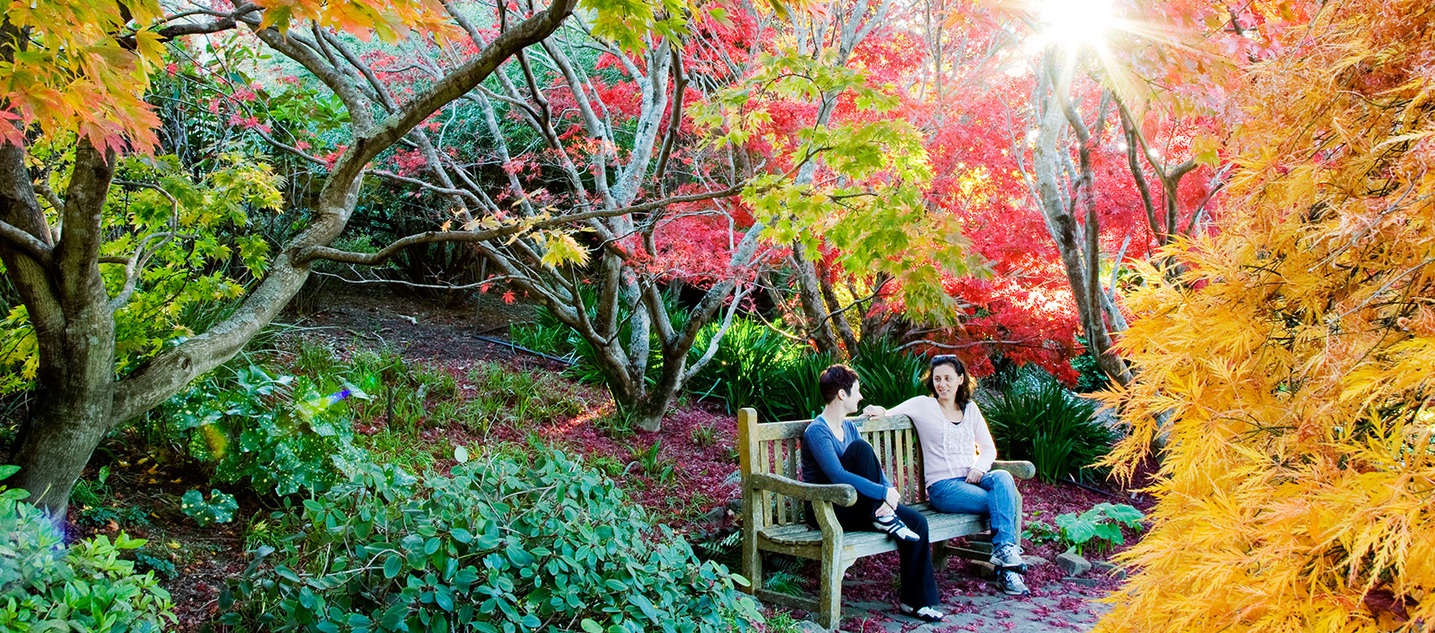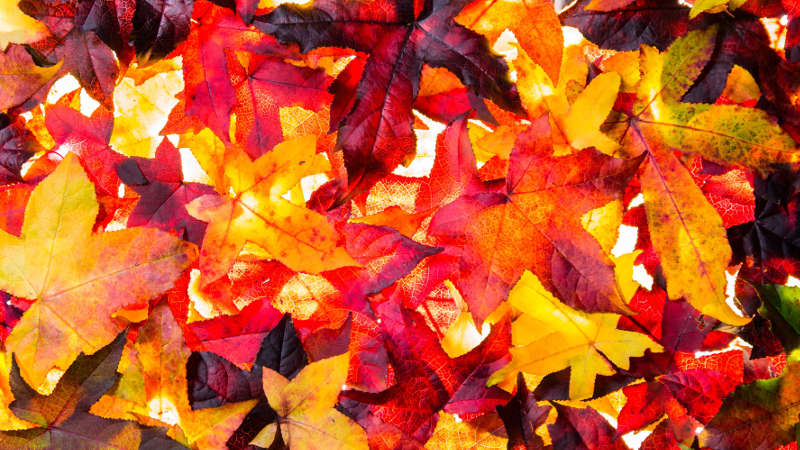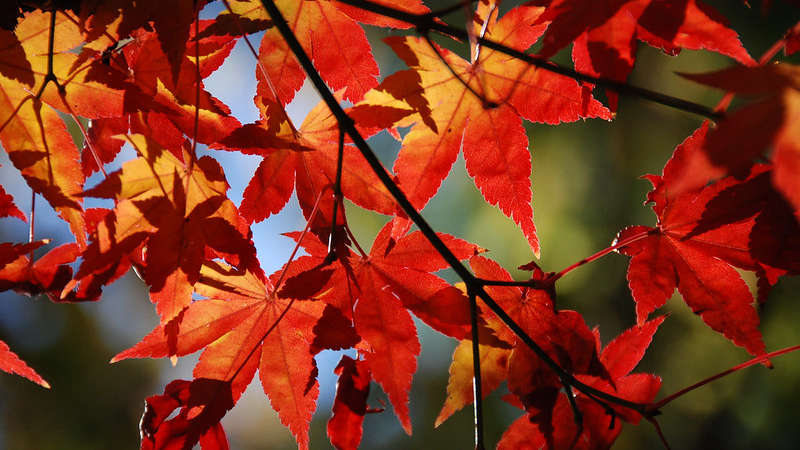Maple Mania
Providing some of the most vibrant colour in autumn gardens, delicious syrup and winged seeds which helicopter to the ground to the great delight of any child in the vicinity, the genus Acer, or ‘maple’ as they are commonly known, is a beautiful and varied group of trees.

Featuring over 365 specimens, the Blue Mountains Botanic Garden Mount Tomah houses an expansive collection made up of 198 Acer species and cultivars. Unrivalled as the biggest draw to the Garden in autumn and providing huge interest with their varied and unusual bark, delicate leaf shape and exquisite habit, year round, Mount Tomah’s maples are unmissable.

Autumn colours at the Blue Mountains Botanic Garden Mount Tomah
Rare and Special Maples
Of the Garden’s vast Acer collection, it is home to three maples considered significant by the International Union for Conservation of Nature; Acer pentaphyllum (of which only 501 wild specimens remain), Acer skutchii (the critically endangered ‘Cloud Forest Sugar Maple’ from Mexico) and Acer griseum (an endangered Acer known for its beautiful, showy, flaky bark).
The Garden is also has some very old maple cultivars on display, such as Acer palmatum 'Aka Shigitatsu Sawa', which is seen in Japanese literature as far back as 1710, with poems dedicated to the cultivar. 'Aka Shigitatsu Sawa' means “near a swamp where solitary snipes start out”, and an elegant specimen of the tree can be found in the European Woodland at the Garden.

A patchwork of autumn colour at the Blue Mountains Botanic Garden Mount Tomah
Acer Anatomy
Acer’s readily interbreed, crossing with one another easily and creating a huge variation in their form, habit, bark, leaf shape and colour. Due to this, there are over 5000 known cultivars of maples. One of the easily identifiable features of Acers is their distinctive fruits.
Known as “samaras”, Acer seeds occur in pairs each with a wing made of papery tissue that “helicopters” the fruit down from the tree, dispersing the seed far from the parent plant to give the new sapling space to grow.
Japanese Maples
Maples are an integral part of Japanese culture, and synonymous with Japanese gardens, being cultivated as far back as 614 A.D. The peak of maple-mania in Japan occurred during the Edo era (1603-1867), with maple viewing parties, gardens centred around the trees becoming popular, and maple bonsais being the height of fashion.
Acers and Japanese gardens are still inextricably linked today. Acers considered to be ‘Japanese Maples' include Acer palmatum, Acer shirasawanum, Acer buergerianum, Acer crataegifolium and their cultivars.
The Garden is home to 141 species and cultivars of Japanese Maples with leaf colours varying dramatically from butter yellow, to bright pink, vibrant orange and deep merlot-red and habits ranging from dwarf to fifteen metre high specimens, with both weeping and standard habits.
As the seasons turn cooler and the summer heat fades, the maples dotted around the Garden are unmissable as the seasons transition. Best viewed wrapped in a warm coat and scarf, little will give you that crisp, comfortable autumnal feeling like strolling through a collection of Acers.

Japanese Maples Protea at the Blue Mountains Botanic Garden Mount Tomah
Visit the Garden
If you would like to do a self-guided tour of the Garden, you can find your favourite plants using Garden Explorer.
If you are a journalist and have a media enquiry about this story, please click here for contact details and more information.